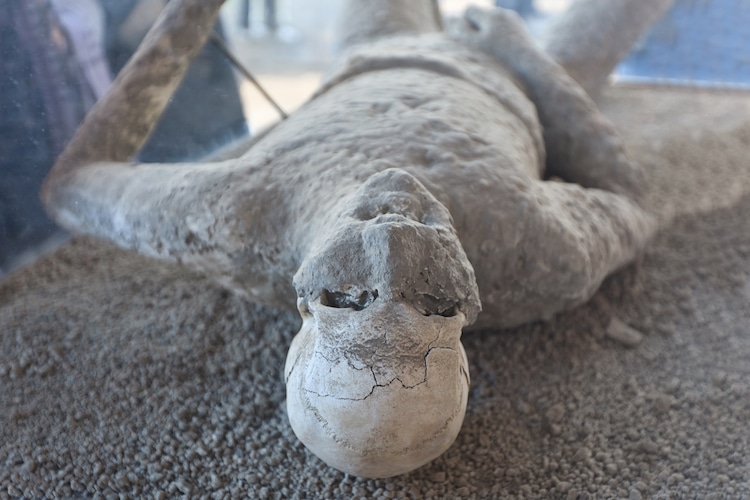Over 2,000 people perished in the disaster, many inside their homes.
Now, for the first time, researchers have been able to fully sequence the DNA of one victim.
Thanks to their work, we have even more insight into the people who called Pompeii their home.

Photo: bloodua/Depositphotos
The bodies belonged to a man in his late 30s or early 40s and a 50-year-old woman.
They were discovered lying in their dining roomor tricliniumon the remains of a chaise lounge.
The fact that they were most likely enjoying a leisurely meal when disaster struck is not unusual.

Photo: porojnicu/Depositphotos(Not a photo of the actual remains analyzed.)
The man was about five foot four inches, while the woman was around five feet.
Photo: porojnicu/Depositphotos(Not a photo of the actual remains analyzed.)
So what did they learn?
This suggests that there may be more genetic diversity across the Italian Peninsula than originally thought.
All of this information is useful in putting together the puzzle of life in Italy during the Roman Empire.
And, it gives researchers hope that there is even more DNA that could be examined.
For the team, the chance to work on such a historic site was an honor.
To be able to work and contribute in adding more knowledge about this unique place is unbelievable.